In the world of beer, competition is everywhere. From the Budweiser and Miller Light Super Bowl advertisements to celebrity endorsements, it’s clear who the big fish in the pond are.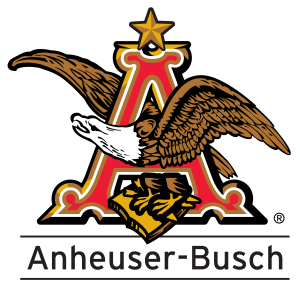
But what are these giant corporations doing to combat up-and -coming craft brews looking to cut into their profits? One solution many conglomerates are opting for is a buyout. According to Fortune magazine, Anheuser Busch, the world’s largest beer producer, was acquired by Belgian-Brazilian brewer InBev in 2008 for $52 billion to form AB InBev.
An impressive figure onto itself, the buyout would serve only as one example of the company’s acquisitions. In Dec. 2015, the brewery went on a buyout shopping spree adding three new acquisitions to its portfolio which already include Goose Island, Blue Point, and Elysian.
AB InBev’s biggest competitor, SABMiller, is next in the conglomerate’s crosshairs. Hampered by regulatory and shareholder approval, the merger deal would go through within the year and would be the third largest takeover of its kind. Mumors of the proposed merger between the two companies alone sent stocks up to shareholder’s delight.
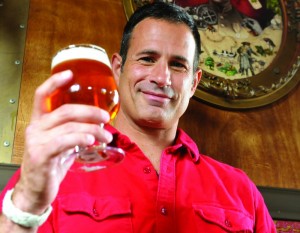
Sam Calagione, Founder of Dogfish Head
But not all breweries are willing to be bought out. Dogfish Head founder Sam Calagione has said in the past that he would first offer the brewery to his children before he even considers being bought out. Sam is no stranger to competi
tion as he has had his spates with big competitors such as Budweiser.
In Nov. 2010, Sam partnered up with the Discovery Channel to create Brew Masters, a television show that focused on discovering new beers from around the world. The show aired six episodes and ended abruptly due to threats from a big beer company to pull advertising.
Another method large beer companies have recently implemented to fend off competitors advertising and flexing their money. During the 2015 Super Bowl, Budweiser went on the offensive and conceived what some call an anti-craft brew commercial essentially poking fun at craft beer aficionados and culture.
Approached by Men’s Journal for his reaction to Budweiser’s Super Bowl advertisement, Sam had this to say:
“It was great for craft beer. It shows how confused and conflicted the world’s biggest brewery is about how to engage an American populous whose beer tastes are changing. The more they spite us for trying beer outside of the light lager juggernaut, the more we’re going to stand for something very separate from what they’re about. Then as they buy out the companies making the beers they’re making fun of, the hypocrisy is very apparent.”
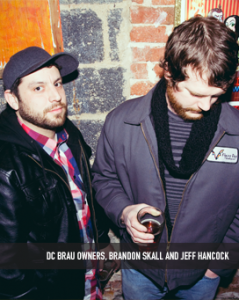
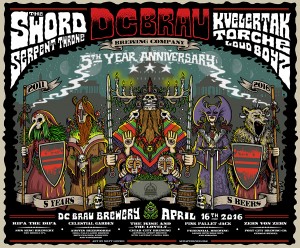 anonymous, shed some light into the future expansion of the brewery and its inner workings. Boasting almost 50 current employees to date, the brewery is expanding and gaining ground in distribution. With its beers reaching as far as New Jersey, the brewery is aiming to expand distribution past the turnpike.
anonymous, shed some light into the future expansion of the brewery and its inner workings. Boasting almost 50 current employees to date, the brewery is expanding and gaining ground in distribution. With its beers reaching as far as New Jersey, the brewery is aiming to expand distribution past the turnpike.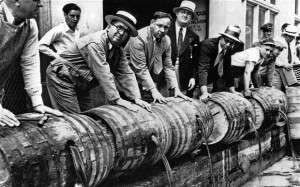 , homebrewers have been hard at work honing their craft all in the name of good beer. From start to finish, home brewing is a labor of love and is not for the impatient.
, homebrewers have been hard at work honing their craft all in the name of good beer. From start to finish, home brewing is a labor of love and is not for the impatient.
 budget concerns. Napoleon Aparicio, a one year local homebrewer, had this to share:
budget concerns. Napoleon Aparicio, a one year local homebrewer, had this to share: